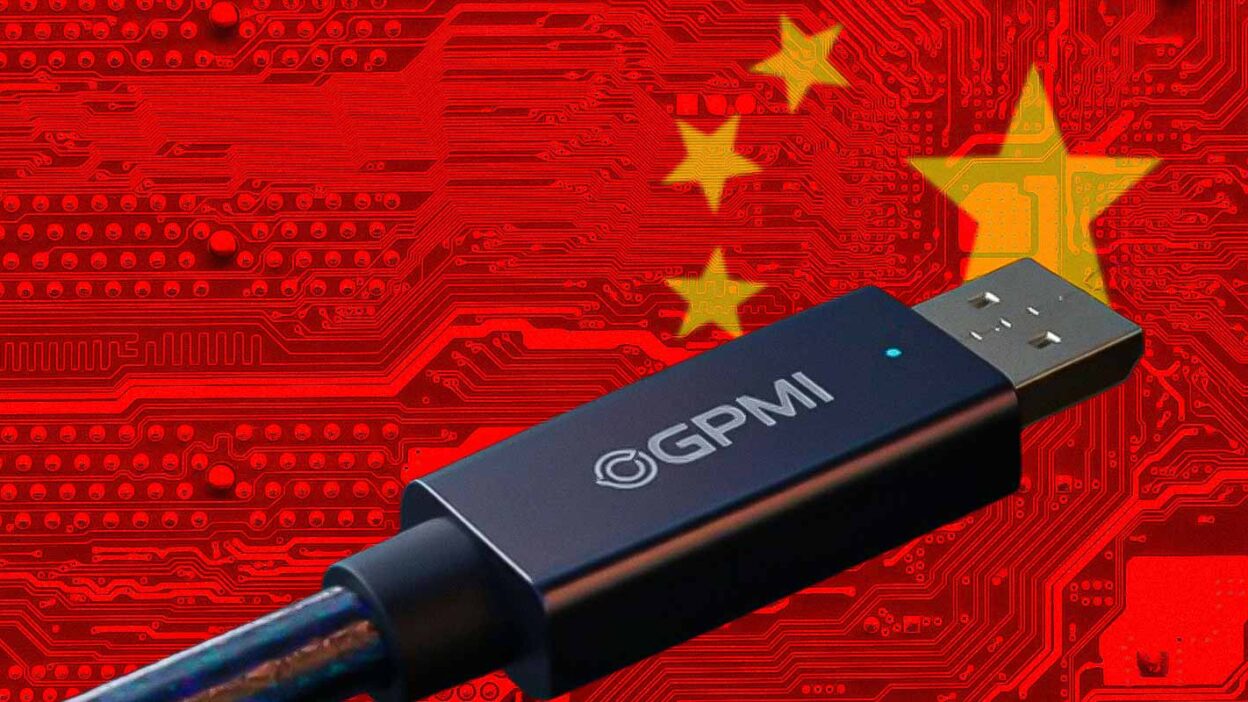The Invention of GPMI
The General Purpose Media Interface (GPMI) is a newly developed protocol designed to bridge diverse media formats, devices, and content ecosystems under one intelligent, AI-compatible interface. As the media world becomes increasingly fragmented with video, audio, text, 3D, VR, and AI-generated content all coexisting GPMI emerges as a unified, intelligent conduit that allows seamless integration, adaptation, and automation across platforms and formats.
GPMI is not just a file-handling protocol. It is an AI-augmented interface layer capable of understanding, converting, optimizing, and intelligently routing multimedia content for both human and machine consumption.
Why GPMI Matters in Today’s World
The 2020s have seen an explosion of content creation: podcasts, YouTube, TikToks, AI-generated art, metaverse experiences, and immersive education. At the same time, we now use dozens of incompatible tools across various platforms. AI models are being trained on massive amounts of multi-modal content, but integration remains a bottleneck.
Enter GPMI: a general-purpose media interface that speaks the “language” of text, image, sound, motion, metadata, and AI models all at once. It provides:
- A unified content pipeline from source to distribution
- Real-time AI-driven optimization (e.g., automatic format shifting, captioning, resizing, or localization)
- Cross-platform media handling, compatible with current and future formats
- Enhanced metadata and content tagging, which fuels generative AI and discovery engines
How GPMI Works
At its core, GPMI is built on a modular architecture. It supports:
1. Media-Agnostic Input/Output
Whether it’s a PNG image, a .MOV video, a .WAV file, or an AI-generated 3D model, GPMI can ingest, tag, compress, and distribute it with high fidelity.
2. AI Middleware Layer
Integrated AI engines (including LLMs and image/audio transformers) provide semantic understanding. This allows for:
- Auto-summarization of video/audio
- Smart compression and enhancement
- Real-time localization (e.g., subtitles in 10 languages)
- Contextual adaptation (e.g., a YouTube video can be converted to an Instagram Reel or TikTok with ideal formatting)
3. Developer & Creator-Friendly APIs
Content creators and app developers can use GPMI to plug into content generation pipelines, streaming services, VR engines, or e-learning platforms without rewriting everything for each format.
Why Mauritius Should Pay Attention
1. A Leap Toward a Local Creative Economy
Mauritius has a vibrant base of content creators, YouTubers, independent media, and digital storytellers. GPMI can:
- Empower small creators to distribute their work globally in multiple formats
- Automate editing, subtitling, and reformatting using AI
- Help in creating localized educational and cultural content that’s multi-lingual and export-ready
2. Smart Government and Digital Public Infrastructure
With government initiatives like Mauritius Digital 2030, GPMI can:
- Streamline government messaging across TV, social media, and radio
- Automatically translate public service announcements into Creole, English, French, and Hindi
- Enhance transparency by enabling AI-assisted summarization of parliamentary sessions, press conferences, and reports
3. Boosting the Tech and Startup Ecosystem
Mauritius can become a regional GPMI development and deployment hub. Startups can use GPMI to build apps for education, tourism, news aggregation, or even AI training datasets in native languages.
Global Benefits of GPMI in the Age of AI
1. Smarter AI, Faster Training
AI models trained with GPMI-optimized content benefit from rich metadata, multi-modal links, and standardized formatting. This enhances performance in:
- Generative AI (ChatGPT, Midjourney, Sora)
- Conversational agents (multilingual assistants)
- Search engines (semantic search with audio/video)
2. Cross-Platform Media Experience
GPMI lets companies deliver cohesive user experiences across TV, VR, phones, AR glasses, and voice interfaces — all from a single media source.
3. Content Preservation and Accessibility
With unified metadata, auto-captioning, and semantic indexing, GPMI ensures that media is more accessible to disabled users, and also archivable and searchable for future use — important for museums, universities, and libraries.
Case Study Scenarios: GPMI in Action
A. A Mauritian EdTech Startup
A small team creates interactive e-lessons in English. With GPMI, they can instantly:
- Generate subtitles in French and Kreol
- Produce an audio podcast version
- Convert videos into mobile-friendly reels
- Archive content with rich searchable metadata
B. National Media Broadcaster
A national TV station uses GPMI to:
- Auto-summarize daily news
- Syndicate content to YouTube, TikTok, and radio
- Add real-time multilingual captions using AI
- Allow users to search broadcasts by keyword, theme, or emotion
Future Possibilities and Innovations
- VR/AR Integration: GPMI will evolve to handle spatial metadata and haptic feedback for immersive media
- Real-Time AI Dialogue: Imagine watching a GPMI-enabled documentary where you can pause and ask questions in your language
- Training AI with Local Data: GPMI helps aggregate and standardize local content to fine-tune regionally sensitive AI
Challenges to Overcome
- Industry Adoption: Legacy media tools may resist the change
- Data Privacy and Ownership: With AI optimization, who owns the derivative content?
- Bandwidth and Infrastructure: Real-time media transformation needs fast connections, Mauritius must invest in 5G and cloud
Conclusion: GPMI Is More Than a Format — It’s a Bridge
GPMI isn’t just a technological innovation — it’s a cultural and economic equalizer. It reduces the friction between content creation, AI understanding, and global distribution. For countries like Mauritius, it offers a way to leapfrog into the future of smart content without needing massive infrastructure or global studios.
As AI continues to reshape every sector, education, entertainment, communication, governance, GPMI provides the glue that binds everything together. It’s the new “USB” of media in the AI age — plug, play, adapt, and transform.


